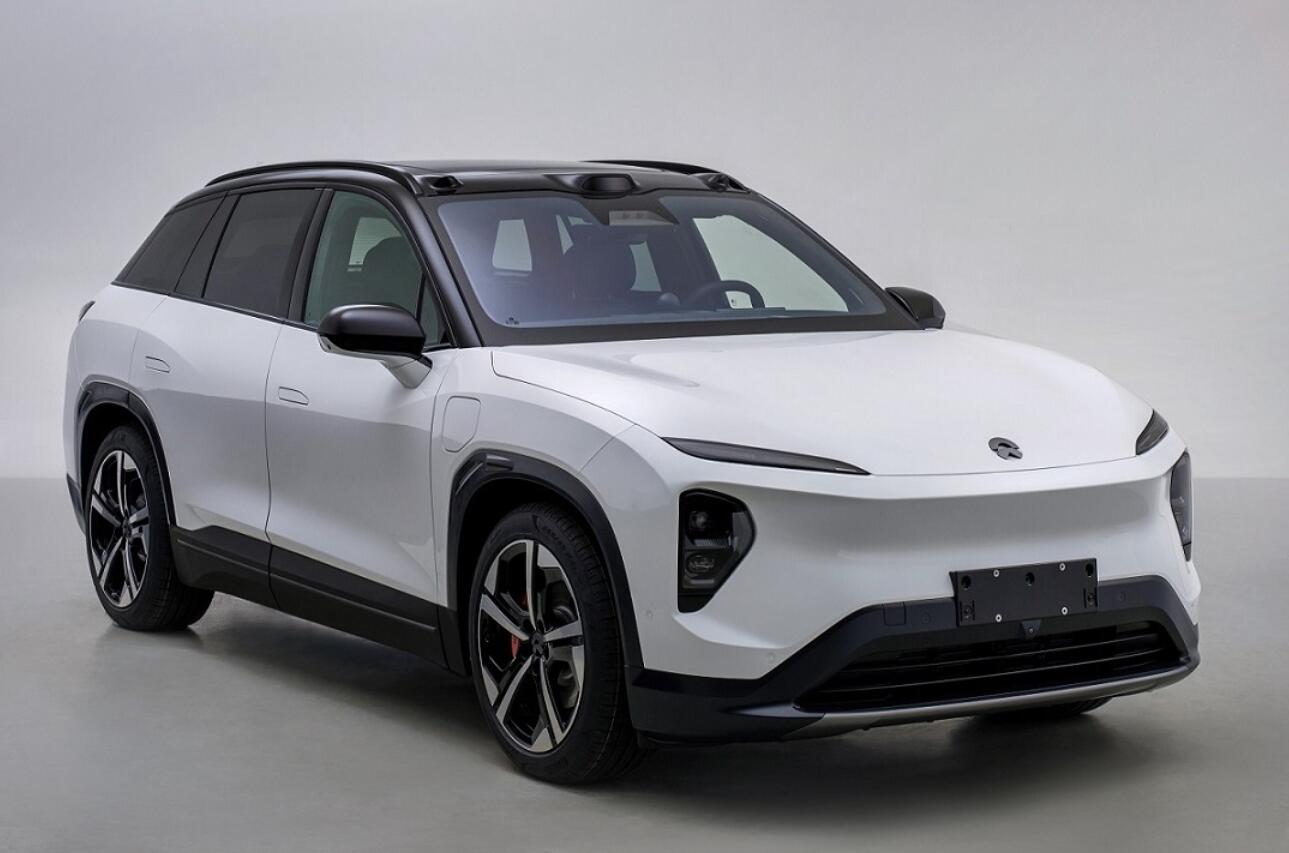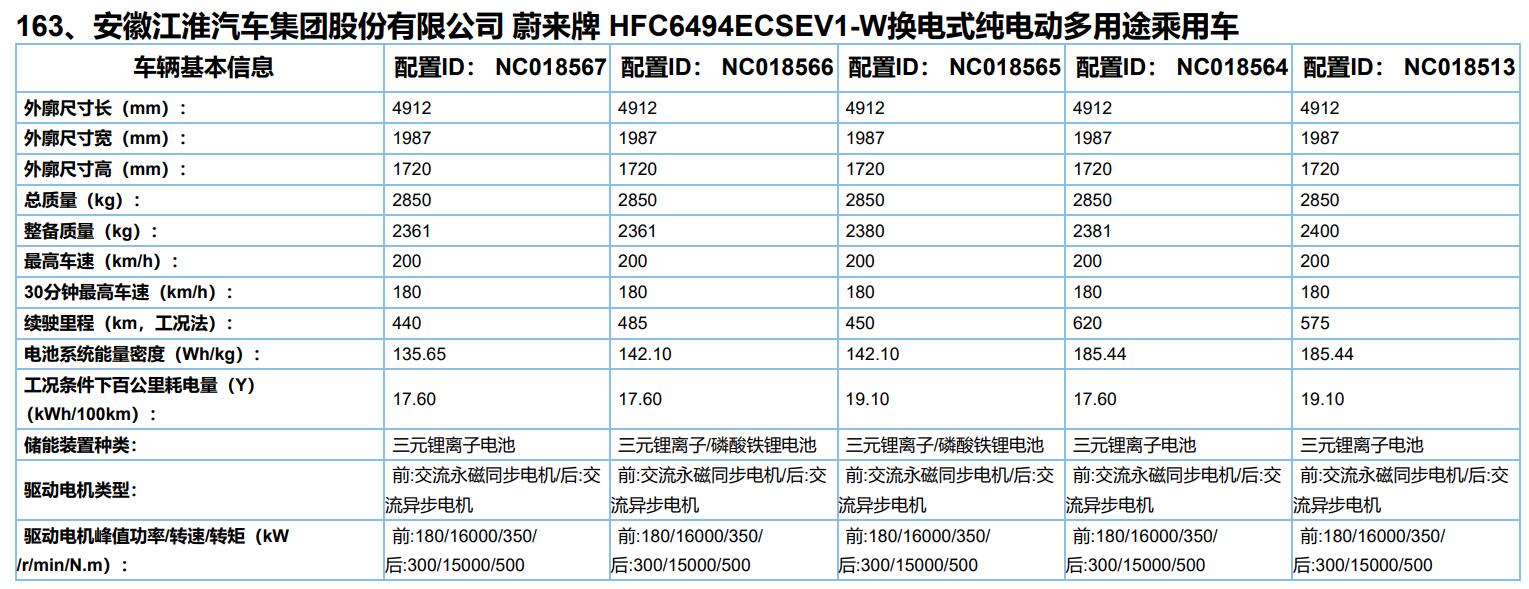Nio is preparing for the launch of the ES7, which could happen later this month.
In mid-May, China's industrial regulator released a catalog of models that would be allowed to be sold for public comment, and the Nio ES7 was included.
Now, after the public comment period, the final list has been released and the Nio (NYSE: NIO, HKG: 9866, SGX: Nio) ES7 has officially been qualified to be sold and more specs have been revealed.
Information released by China's Ministry of Industry and Information Technology (MIIT) on June 2 showed that the Nio ES7 includes five range versions with a combined range of 440 km, 485 km, 450 km, 620 km and 575 km respectively.
The Nio ES7 is equipped with battery packs with capacities of 70 kWh, 75 kWh and 100 kWh, which are the three battery packs currently circulating in Nio's battery swap system.
Nio's standard range battery pack was originally a 70-kWh capacity ternary lithium battery pack. At the end of September last year, the company launched a new standard range battery pack with a capacity of 75-kWh.
The 75-kWh pack is a hybrid of the common ternary lithium battery cells and lithium iron phosphate (LFP) cells, making Nio the first electric vehicle company to use both ternary materials and LFP in its packs.
The hybrid pack is seen as being able to reduce costs, while Nio has solved the problem of traditional LFP packs losing range too quickly in low-temperature environments through technology developed in-house.
Nio's higher-capacity 150-kWh pack is currently under development by the company and its supplier, and they are expected to be available as early as the fourth quarter of this year.
The 70-kWh pack will give the Nio ES7 a range of 440 km, the 75-kWh pack will give a range of 485 km and 450 km, and the 100-kWh pack will give a range of 620 km and 575 km, according to the latest information released by the MIIT.
The same battery pack brings different ranges, probably because different versions of the model offer different motor power and torque settings.
The energy density of these three battery packs is 135.65 Wh/kg, 142.10 Wh/kg and 185.44 Wh/kg respectively, and the vehicle's electricity consumption per 100 km is 17.6 kWh and 19.1 kWh respectively.
All versions of the Nio ES7 are equipped with dual electric motors, with the front permanent magnet synchronous motor having a peak power of 180 kW and the rear asynchronous motor having a peak power of 300 kW. The information released by The MIIT does not reveal the specific power and torque settings for the different versions.
The information also revealed the dimensions of the Nio ES7, the same as the information that was announced on May 12. The model's length, width and height are 4912 mm, 1987 mm and 1720 mm respectively, with a wheelbase of 2960 mm.
Nio originally planned to announce the ES7 in April, but with the outbreak of Covid in Shanghai, the plan was forced to be postponed and the exact date has not yet been determined.
Nio co-founder and president Qin Lihong said in response to user questions on the Nio app late last month that the company will hold the ES7 launch after the lockdown in Shanghai is lifted.
Shanghai lifted restrictions on resident travel from June 1, thereby essentially lifting the lockdown that had lasted for two months.
On June 1, a user again asked on the Nio app when the ES7 would be unveiled, and Qin replied that the company had already started preparations.



